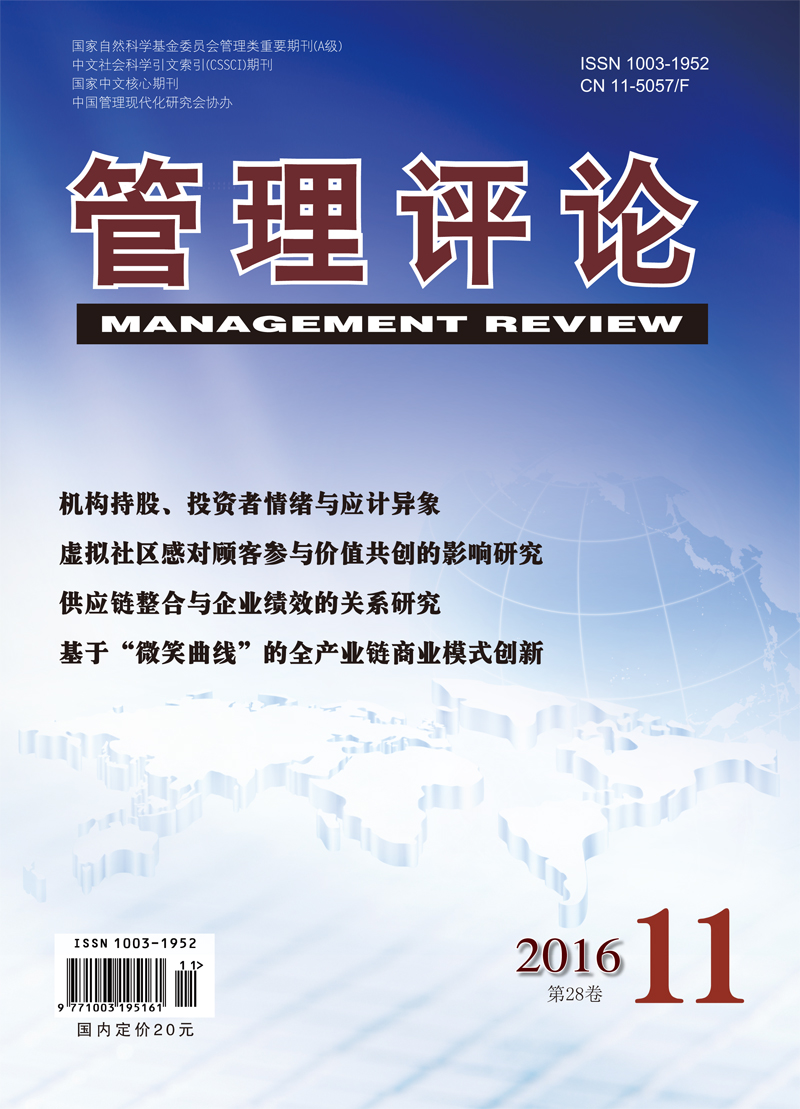In order to strengthen the protection of their intellectual property rights, some developed countries prohibited their developing country trading-partners from using parallel imports through the TRIPS-plus clause. In order to help the developing countries to effectively deal with the terms of the TRIPS-plus, this paper for the first time applies ProbeIPD on Swarm platform to simulate the dynamic games between the developed countries and the developing countries, overcoming the difficulties of obtaining parallel import data. We firstly simulate the dynamic process of the game between 1 developed country and 1 developing country, and then extend it to N developed countries and N developing countries, both resulting in dynamic game equilibrium. Finally, we consider the impact of uncertainty on the equilibrium solution. According to the research, the results could be divided into two occasions. When in the dynamic game model of only two countries (one is developing country and the other is developed one), in some extent, the developing countries could use price sub-sidies to break through the trading restrictions from the developed countries so as to protect their own interests. Moreover, when in the dy-namic model of multi-countries (N developing countries and N developed ones), the economic gap between the developing group and the developed group is negatively related to the bargaining power of the developing groups that use price subsidy strategy, i.e., the less the gap is, the more powerful the developing countries are in bargaining for parallel imports rights by using price subsidy strategy.

